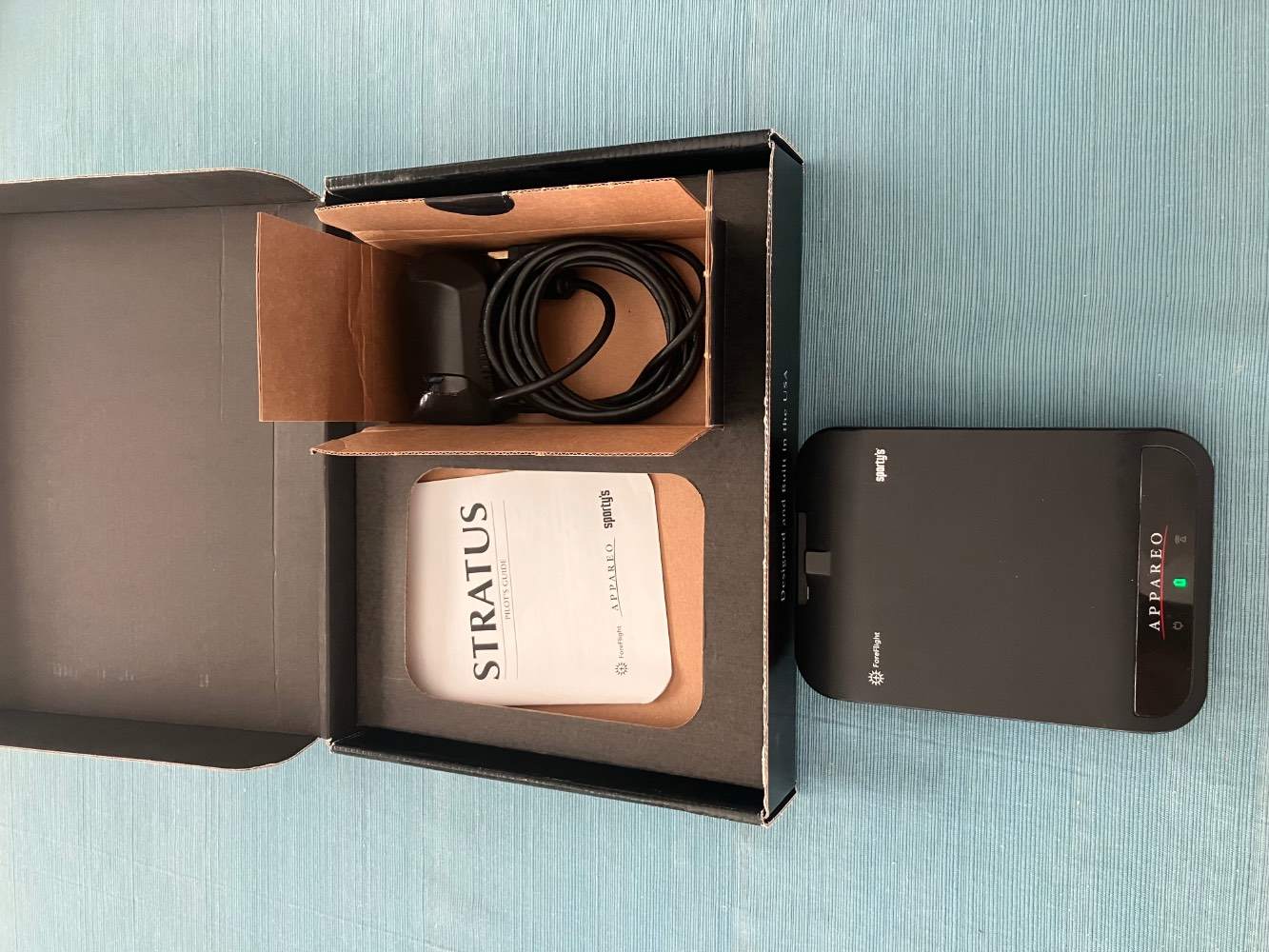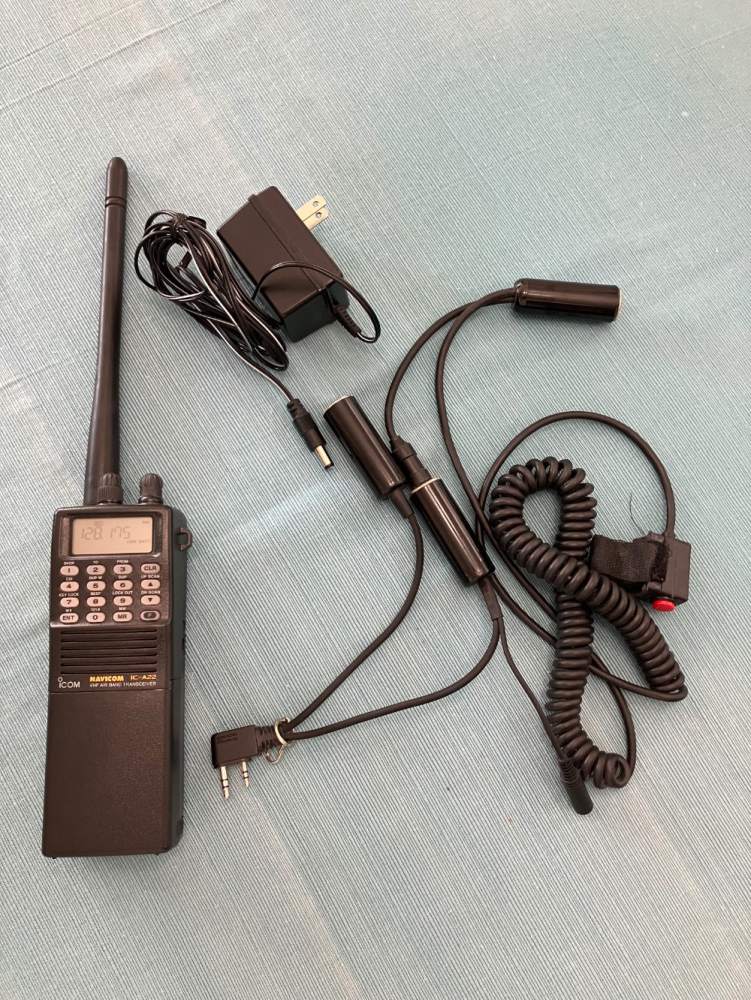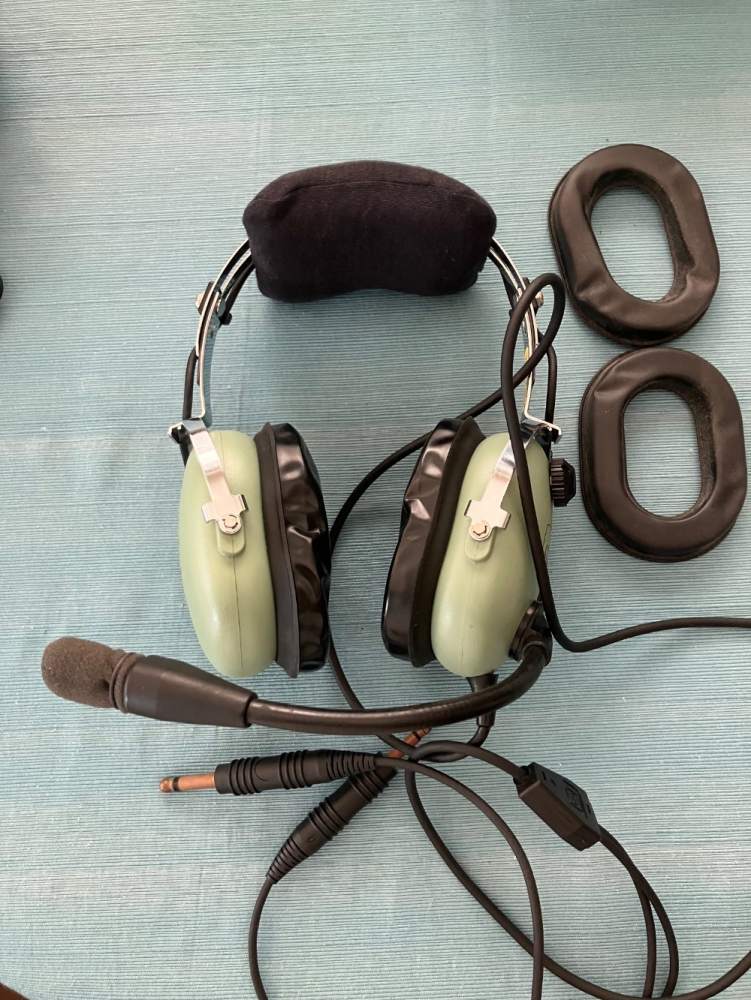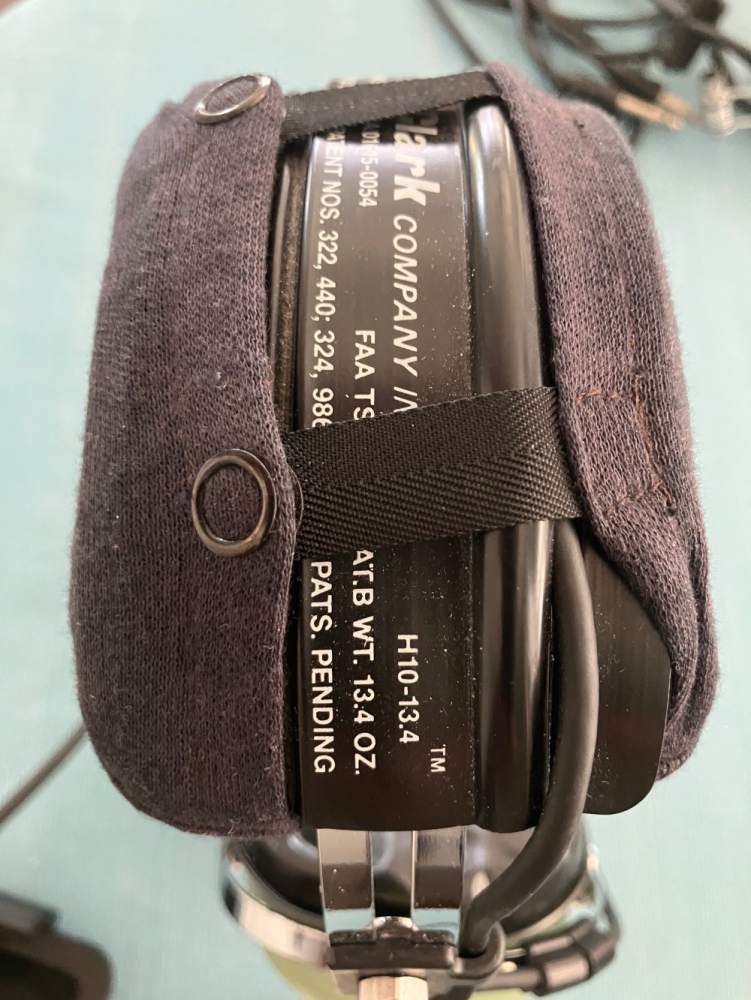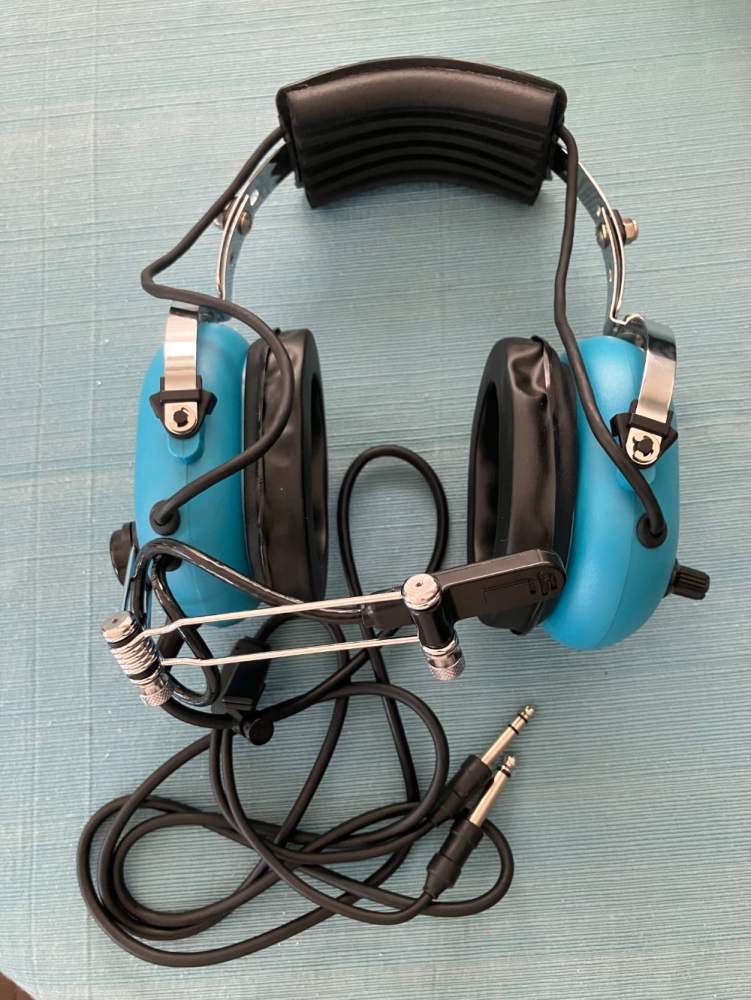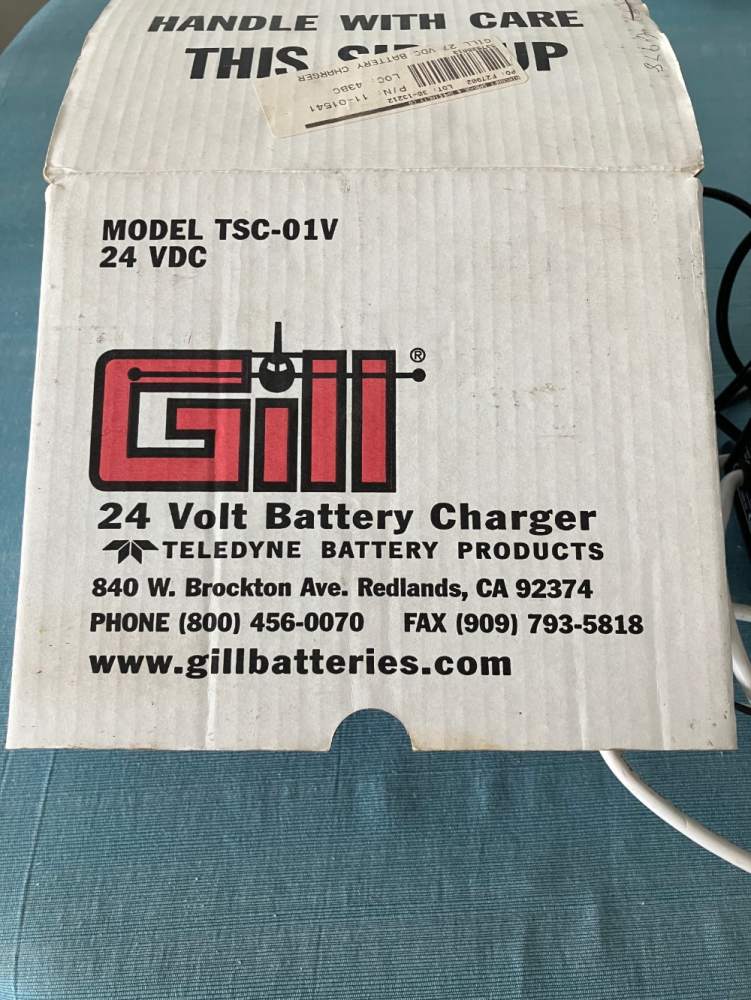-
Posts
191 -
Joined
-
Last visited
-
Days Won
1
Content Type
Profiles
Forums
Blogs
Gallery
Downloads
Events
Store
Everything posted by gjkirsch
-
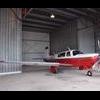
Kennon sun shades for Bravo, Ovation, Acclaim
gjkirsch replied to gjkirsch's topic in Avionics / Parts Classifieds
Sold -
Includes yoke mount with power cord, remote satellite receiver, data loader to use computer to update data base and manual. Current data base is expired.
-
-
The light speed an Bose are sold. The other 2 are like new. The DC has unused foam and gel ear cushions.
-
Thanks, it’s sold.
-
Good back up radio and Vor with wiring harness for headset and push to talk. The battery is weak and will need to be replaced (about $40 on Amazon).
-
I have a bit of a hodgepodge left. Light speed Zulu with Bluetooth and Lemo plug $250, Bose X with Lemo plug, $150, David Clark 13.4 dual plugs $125, Sigtronics S-20 dual plugs $50. All plus shipping.
-
-
I owned this plane in the late 90's. It was a very fast 231. I can see they upgraded the avionics and interior. Not many 231's are equipped this well.
-
Even though your plane is technically not approved for flight into known icing, you have a very weather capable system that I would try and preserve. The correct strip has micro holes in it to disperse the deicing fluid. As far as flying without the strip, I have lost three over the years (you would think I would learn by now) and went the duct tape over the tube route while the part was on order. I just did not use the system at all during those periods and avoided icing.
-
Frank For me it depends as much on the weather at the arrival airport as the length of the runway. I have landed at 2200 ft runways on nice days with no wind or a headwind. I won't go below 2800 ft on any type of approach. There was a recent thread at basing a Bravo at a 2500 ft airport and it is a good read Gordon
-

Landing a Ovation 3 on a 2500 feet runways
gjkirsch replied to ChristianGodin's topic in General Mooney Talk
As a Bravo pilot, I have flown into a 2200 ft runway but it is not some place I would be want to be based at. Throw in an instrument approach, a cross wind when you want to carry a little more speed, a night landing and so on and you have to be dead nuts on every time in every condition. Not worth it to me. -
Buy and fly the best plane you can, as is. With few exceptions, you can buy the plane with the better avionics, engine, paint and interior at a lot less cost than you can pay someone else to ugrade your bird. If you are an A&P and have time, than go for it.
-
I have had to have the switches cleaned but also have had hard grease on the jackscrew cause a similiar problem. When I "freed" up the trim by moving it by hand, the electric switch started working again. It is worth cleaning the jackscrew.
-
I have flown in multiple times to Dulles. No problems at all and controllers were great. They usually just ask you how much speed you can give them and hold it as long as possible. You won't have any problems in a Mooney. The last time I flew in, they actually asked me to slow down.
-

97 Encore for sale.......low time......well equiped
gjkirsch replied to driller's topic in Aircraft Classifieds
You are bumping up against newer Ovations and Bravos with similiar equipment. I think you will need to list it around 190 and look to settle for 180. My opinion only, don't shoot the messanger! -

So I want a bravo, how to pick a good one.
gjkirsch replied to Jetlag's topic in Mooney Bravo Owners
No reserves. Hanger 6K, Insurance 2.4, Fuel 12K, 4 oil changes 1K, average annual 4K, Charts 1K, Misc Maintenance 3K (something electrical seems to break every year) 28K. If I think harder I may cry! In the last 2 years a new oxygen tank, an artificial horizon (twice), exhaust work, and 2 TKS strips. -
As a preventive measure, I change out the primary pump after 500 hours. I am assuming you have the backup electric driven pump (in the tailcone) and not the original back up pump mounted on the engine. The engine driven pumps are not recommended as they have a histroy of failing when engaged. (You are supposed to reduce power before engaging the back up pump to minimize the torque of full power). So if you are in IMC, and you loose the primary, you might already be out of sorts, now you have to remember to reduce power. As part of your preflight, you should engage the backup and verify by sound and the panel light that it works. I have never replaced one of the electric units as they never gotten more than an hour or so a year of use. I have had three planes with them and used them in two. The last plane had the backup engine driven pump and I had it replaced.
-

So I want a bravo, how to pick a good one.
gjkirsch replied to Jetlag's topic in Mooney Bravo Owners
You did not say what your experience level has been or how deep is your pocket book. These are great planes. The engines, since converted to the wet head are very reliable and cylinders tend to do well. That said, they are not inexpensive to operate, insure, or maintain. I figure $30K a year to fly 100 hours. They climb great and can handle a lot of weather (with TKS). They are good long distance planes and you will go through (or over) weather fronts. They are best from the high teens to low flight levels (winds permitting). -
Assuming it has been on the market for a long time, did it have a previous prepurchase inspection that caused a prior buyer to walk away? Assuming a good prebuy inspection and a little room in the price to allow a panel mounted waas gps, I think it looks very serviceable. I still think the 252 is one of the best models Mooney ever made.
-
I had the plane checked over and nothing was found. It was a hot muggy day and I probably was just a little to fast on the power. After that, I really fed the power in slowly and never had another issue
-
The retractable gear is very straight forward and not maintenance intensive. The engine cylinders are probably a lot more robust than the columbia 400 due to the wet head design. As long as you don't push the temps as high as the POH says you can, you will likely have minimal turbo or exhaust issues. Everybody does their on thing in engine management, mine is less than 1600 TIT and 200 degrees on the oil. Everything else, (oxygen bottle, shock discs, fuel tank leaks, .....tend to not happen or be one time events with long term fixes). Very reliable airplanes and if you get TKS, good in almost all weather. Probably will run a littel more fuel per hour and maybe a little faster. Typically see 205 knots true in the high teens at 19 GPH
-
I don't remember the specifics of that engine. The basics of fuel, air, spark would lead one would to think it is around fuel delivery to the engine that was interrupted based on your description. Anything else would most likely have shown itself in a rough running engine or an engine loosing power rather than just dying. Could the tank vent or fuel pick up line in the tank become blocked?
- 31 replies
-
- no warning
- engine failure
-
(and 1 more)
Tagged with:
-

Flying in the Washington DC Special Flight Rules Area
gjkirsch replied to MooneyBob's topic in General Mooney Talk
The briefer will ask you almost immediately if you are familiar with the rules. As others have said, it is much easier if you file IFR, that said. You will absolutely be on the airways most of; if not, all the time (within 75 miles more or less). Expect a lot of traffic over the radio, with published arrivals and crossing altitudes closely followed.



